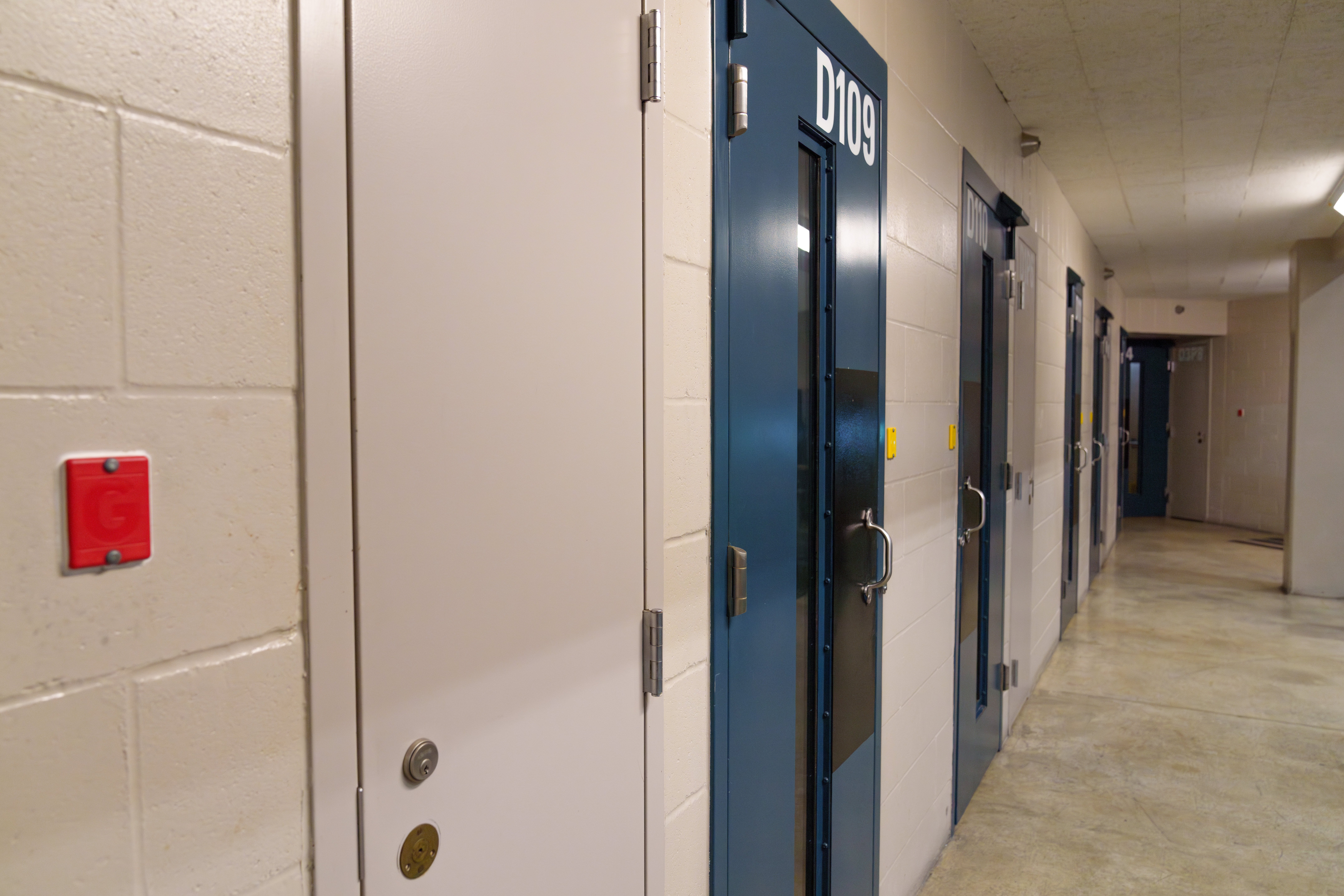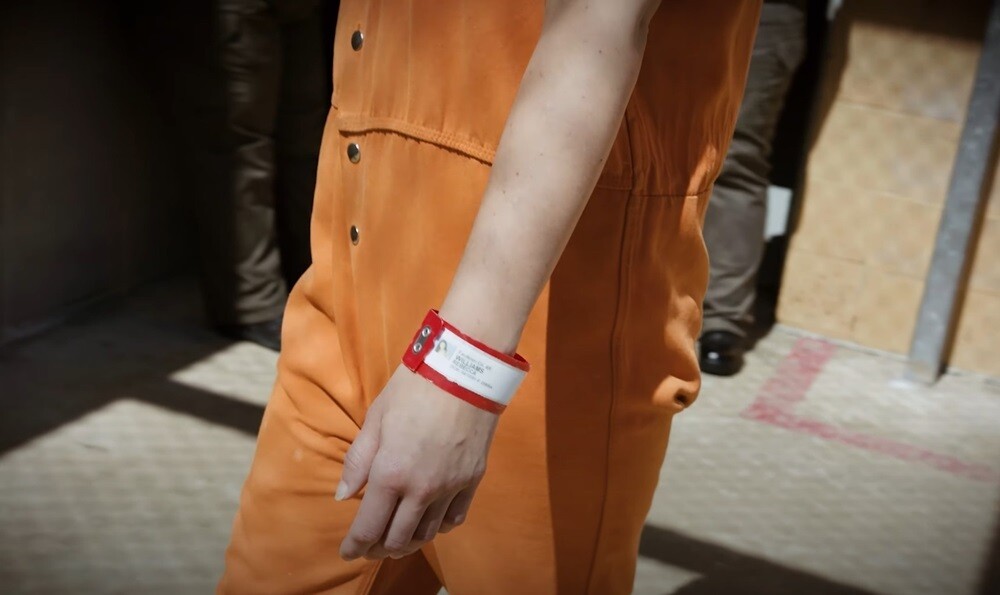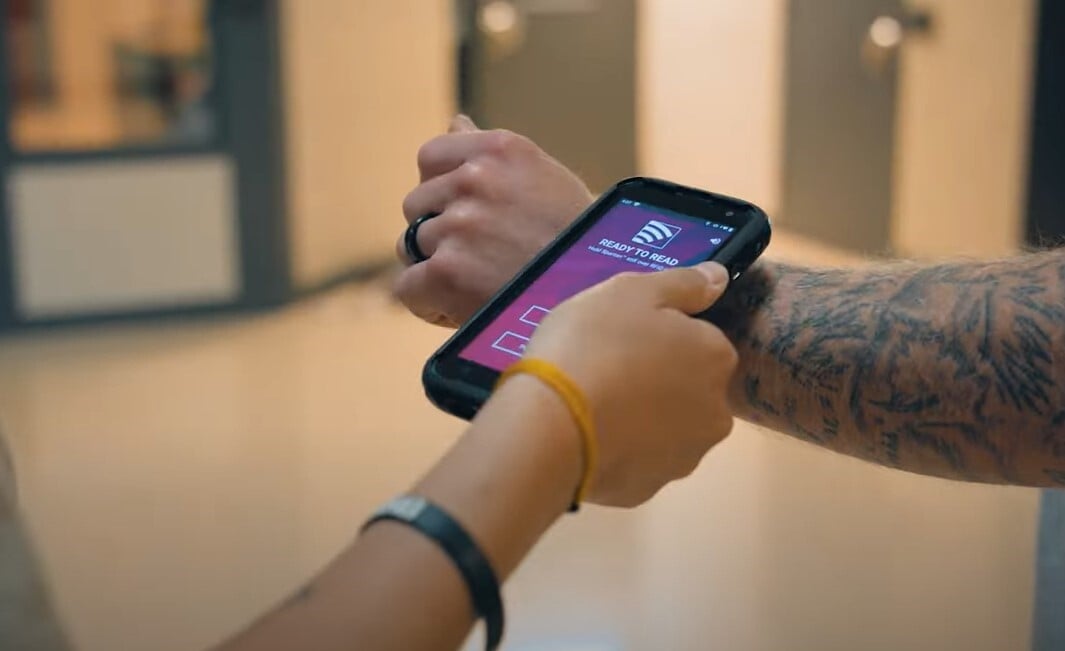Whether you’re looking for an inmate tracking system, the ability to automate your security rounds and guard tour responsibilities, an officer experience platform, or some (or all) of the above, you may be tasked with looking at companies that compete with GUARDIAN RFID.
Be it a procurement agent or a correctional officer just starting their research, this blog is here to help. We’ve compiled a list of the companies and product categories that frequently compete with GUARDIAN RFID, giving you a clear starting point for your decision-making process.
It’s important to note that this list isn’t a SWOT (strengths, weaknesses, opportunities, and threats) analysis, we’re not breaking down these companies by price, feature set, experience, etc. However, if you ask nicely, maybe we’ll do so in a follow-up vlog.
To maintain objectivity, we’re simply listing these companies in alphabetical order.
Cell Checks and Security Rounds and Guard Tour, Oh My!
Back in the early 2000s and 2010s, guard tour systems were widely prevalent, becoming a standard tool in many facilities. They were simple and affordable and could at least help reduce, but not eliminate, paper logging.
Below are the companies that have found a niche in corrections with either a guard tour, watch tour, cell check, or security round solution that still supports this product category. We’re not breaking down features, functions, pricing, experience, or technical details - these are just vendors that compete in the correctional guard tour arena (in alphabetical order).
Black Creek Integrated Systems
- Black Creek Integrated Systems offers a wide range of products and solutions, including an Android-based device called a Personal Detention Assistant, which scans a barcode plate to automate watch tours.
Dynamic Imaging Systems
- Corretrak is an iOS-based solution that supports scanning QR codes to log security rounds via Wi-Fi or a docking cradle using iPods and iPhones.
Guard1/Timekeeping Systems
- Guard1 has an affordable, longstanding product called the “Pipe” that is used in combination with circular metal dots called iButtons to log proof of presence during security rounds. It also supports a wallet with iButtons to log observations about specific locations. Their latest product entry is an Android device that scans QR codes or RFID tags.
JailCore
- JailCore uses an Android device and RFID tags to log security rounds, meals, medication administration, movements, and other activity logging.
Premises/Unit Innovations
- Premises uses an Android device and QR codes or RFID tags to log security rounds.
Rhyan Consulting
- LogSoft from Rhyan Consulting uses a tablet to scan QR codes or RFID tags to log security rounds.
Inmate Identification
Inmate identification solutions, specifically inmate wristbands, have fewer competitors. For the sake of complete disclosure, GUARDIAN RFID is the distributor of Clincher X-Wide RFID Wristbands from PDC (A Brady Corporation). We also deploy our own RFID Cards. Each company takes a drastically different engineering approach to their inmate wristbands. For example -
Endur ID
- Endur ID’s wristbands print onto a perforated, Tyvek-like wristband secured by a plastic fastener.
Pinnacle
- Pinnacle armbands are thick, tube-like bands designed to hold a printed insert. The insert is manually slid into the tube, sealed using a rolling laminator, then secured with metal rivets.
Inmate Tracking (Short and Long-Range)
When we’re asked about “inmate tracking” solutions by corrections and IT professionals, we typically need to clarify the meaning of “inmate tracking.” For some, “inmate tracking” means seeing little dots on a screen as if they are human air traffic controllers. For others, “inmate tracking” means having the ability to automate inmate activity logging, including short or long-range inmate identification and movement tracking.
Regardless of inmate identification range, here are companies that compete in this space:
Black Creek Integrated Systems
- Black Creek’s long-range inmate tracking system uses active RFID tags and readers. Commercially available since 1998, Black Creek’s system was acquired from TSI/Prism, an early entrant into active RFID in corrections.
Dynamic Imaging Systems
- Corretrak uses iPods and wristbands with QR codes to track inmate movements from short distances.
Guard1/Timekeeping Systems
- Guard1 uses active RFID technology with its proprietary wristbands and readers.
Radianse
- Radianse uses active RFID technology with its proprietary wristbands and readers.
Long-Range Inmate Tracking
If you want to play as a human air traffic controller and look at inmates like vectoring 737s from long-range distances, here are some companies that market inmate tracking solutions in this area for confined offenders:
- Black Creek Integrated Systems
- Guard1/Timekeeping Systems
- Radianse
Be forewarned, the U.S. Department of Justice’s 2010 report cautioned against the cost, complexity, and overdependence on active RFID systems to perform core corrections responsibilities – particularly with its high fail rate.
What About GPS or Active RF Tracking Systems?
This section is only for purchasing departments. GUARDIAN RFID does not target community corrections use cases. Generally speaking, ankle monitoring solutions for tracking defendants on bail or parolees are supported by longer-range tracking solutions that use GPS or active RF.
What Questions Should We Be Asking Vendors?
Here are the top ten questions (and follow-up questions) you should consider asking your inmate tracking vendor:
- Do you interface with our current (or future) jail management system?
- If so, which facilities are currently using this interface?
- Do you support wristbands and ID Cards?
- Inmate identification solutions, such as wristbands, can be extremely effective for some facilities, and a huge mistake for others. We recommend asking this question so you’re aware of the capabilities and limitations of any vendor. Not sure which path is right for you? Read our blog about Wristbands vs. ID Cards to learn more about their pros and cons. Bottom line: optionality is your key to long-term success.
- What’s the average life expectancy of the wristband?
- What’s the battery life of your mobile devices?
- What’s the warranty period of your mobile devices and what may preclude a warranty claim?
- If anything is not covered under the warranty, what does that entail?
- Are the RFID tags battery-powered or passive?
- If battery-powered, what’s the life expectancy of each tag and its replacement cost?
- Is your solution Cloud-based or on-premises?
- If Cloud, who owns the data?
- Who’s your Cloud provider?
- Is the vendor SOC 2 Type 2 Compliant?
- If your solution is Cloud-based, what happens if we lose Internet or power?
- How is training coordinated?
- Is this train-the-trainer style or do you train all staff directly?
- How is Go-Live coordinated?
- What’s the depth of your training team’s correctional experience?
- How are software updates and upgrades managed?
- What fees are associated?
GUARDIAN RFID vs. The Competition
You’re probably expecting this section to espouse all of the great things GUARDIAN RFID does while exploiting the weaknesses of our competitors. Nope. To be sure, GUARDIAN RFID has a lot of strengths, but we’re not great at everything. Where are we the weakest?
- GUARDIAN RFID doesn’t manufacture the RFID wristbands we deploy. We’re a distributor for PDC (a Brady Corporation) which manufactures Clincher X-Wide wristbands. We’re their preferred partner, and together, we co-designed the Clincher X-Wide RFID wristband. This wristband comes in eight colors. Want a ninth? Sorry, we don’t control that. Want an alarm to go off if the band is ripped off? We don’t control that either. And that’s not a criticism of PDC. It’s also not validation that these types of ideas are actually practical, either. But the reality is, we don’t set the innovation roadmap. We can work to persuade the manufacturer, but we are not the manufacturer.
- GUARDIAN RFID is pure play Cloud. What does that mean? Using GUARDIAN RFID is similar to streaming videos and music; there are no servers. Our application and data are stored completely in the Cloud (AWS). If you want an on-premises solution, you’ll need to look elsewhere as we don’t see the need or value in on-premises deployments.
- We don’t focus on long-range Active RFID solutions. We’ve just never seen or understood the value of tracking dots on a screen. Since we don’t believe in this, making any investment – particularly one as capital-intensive as it can be to retrofit and prepare your environment – makes little sense to us. In our view, the role of corrections technology is to supplement and enhance the performance of correctional officer – and not put blind faith into a system to automate their core responsibility of care, custody, and control.
Keys for Success
As Benjamin Disraeli said, “Diligence is the mother of good fortune.” Beyond market research, accurately define the problem or challenges you need to solve. Don’t identify the technology you think you should use first. Equally as important, consider how you’ll measure the effectiveness (or lack thereof) of the system you deploy.
To analyze what software or solution you want to invest in, it’s imperative you understand the specific problems you want to solve. Compare potential software options against those requirements, considering factors like cost, features, ease of use, customer support, scalability, integration capabilities, and the vendor's reputation.
Important questions to consider when analyzing software include:
- What are the key benefits of this software for our business?
- How well does the software align with our current workflows?
- What is the vendor's commitment to ongoing updates and security patches?
- Can we customize the software to meet our specific needs?
- How easy is it to train employees on the new software?
- What level of support is included in the price?


.jpg?width=1600&height=900&name=unnamed%20(1).jpg)
.jpg?width=1600&height=1066&name=unnamed%20(2).jpg)

